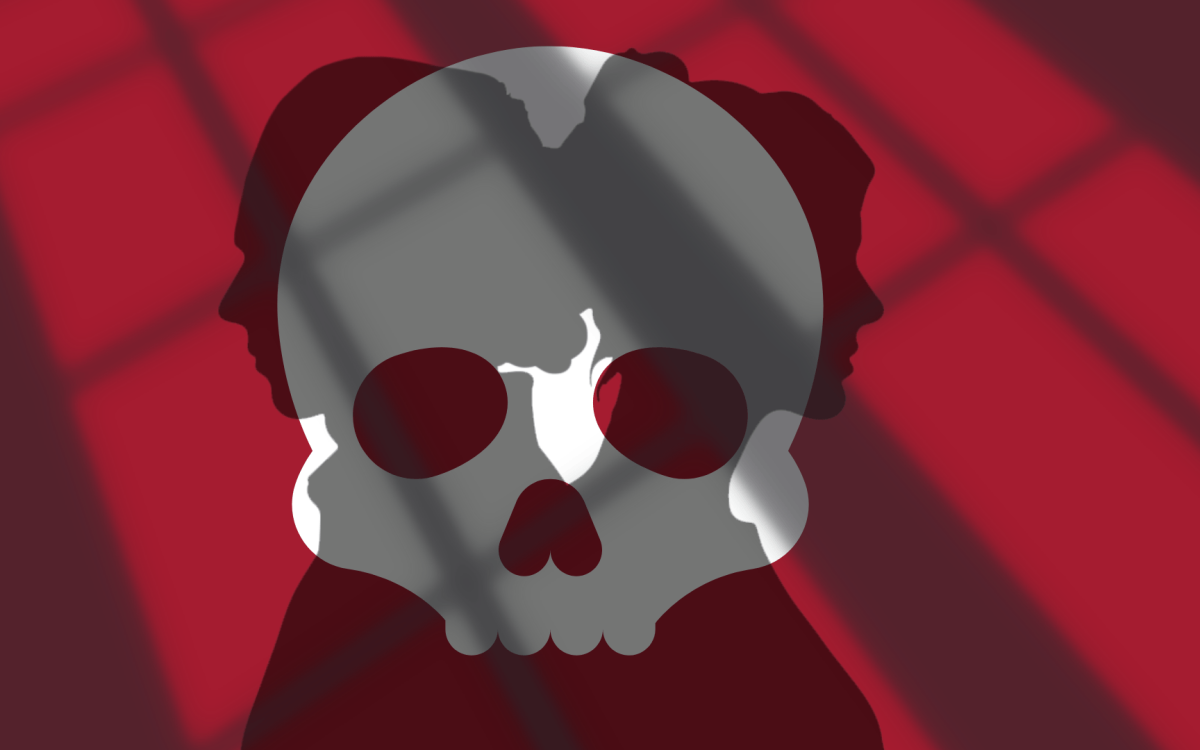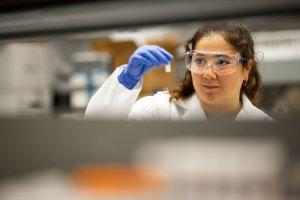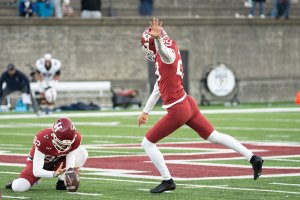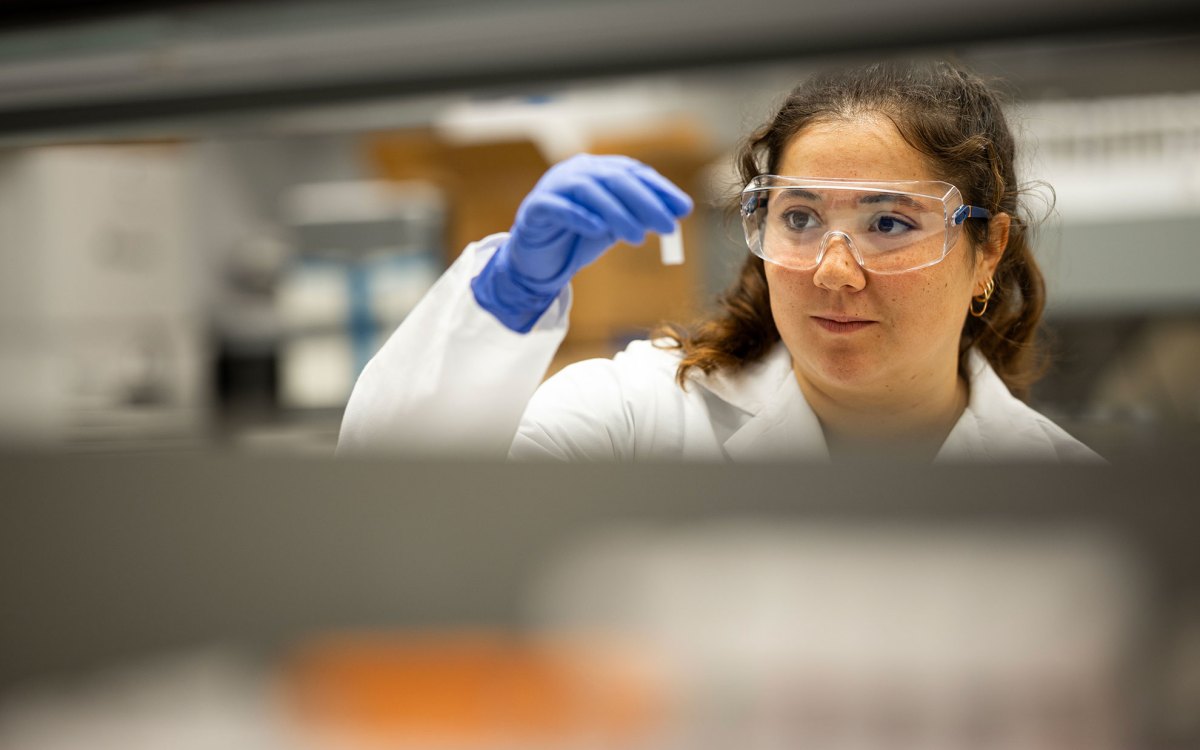Quantum network delivers uncrackable codes
Hiding behind light
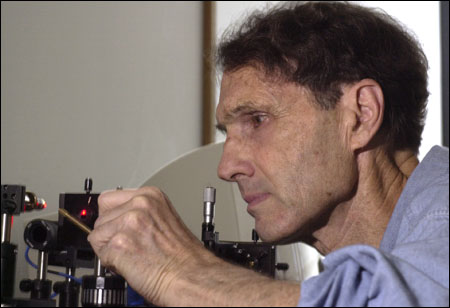
The world’s first quantum network, integrated with the Internet, is now operating in the Boston area. Its developers hope that the messages it sends will be secure from hackers and eavesdroppers for as long as imagination now extends.
Talked about for decades, a quantum code key system joined to the Internet has now been demonstrated. It sends encoding and decoding keys as light pulses between Harvard and Boston universities and BBN Technologies, a hi-tech company in Cambridge, Mass. The network started operating in June.
“Our team has been able to develop a laboratory curiosity into a working system that is being tested and refined for use in sending secure messages,” says Harvard project scientist John Myers.
The Achilles’ heal of secure communications via the Internet has been the cryptographic keys necessary for encoding and decoding messages. At present, such keys depend on long sets of numbers that would take eavesdroppers tens or hundreds of years to crack. But coders worry that advances in mathematics or the technology of quantum computers could shorten that time to seconds. “If that happens,” Myers notes, “messages we want to keep secret would be an open book.”
Theories of quantum mechanics suggest that cryptographic keys can be distributed by light signals so weak they come close to being no signal at all. Any eavesdropper who reads such faint signals would disrupt them and be easily noticed. If that were to happen, communicators could quickly discard the tampered-with keys and set up an alternate route for exchanging a new key.
“The big novelty of quantum cryptography involves mathematical ways to prove its security,” Myers explains. Scientists and engineers who built the quantum network are now working on such proofs and using their expertise to see if they can defeat the system they set up.
Lighting the way
In 1971, the first e-mail message was sent over a network developed by BBN Technologies. That network, called ARPANET, marked the birth of the worldwide Internet that we can’t do without today. ARPA, now changed to DARPA, stands for Defense Advanced Research Projects Agency, part of the Department of Defense group that supports the new quantum key network. BBN’s Chip Elliot is the principal engineer of the project. Tai T. Wu, Gordon McKay Professor of Applied Physics and professor of physics, leads the Harvard effort. Ditto for Alexander Sergienko, associate professor of electrical and computer engineering and physics at Boston University.
These researchers and their colleagues came up with the idea of foiling eavesdroppers by turning the lights way down. Bursts of laser light activate a random number generator that puts together the key code, much like equipment that generates random number IDs at places where drivers’ licenses are issued. The codes are sent over so-called “dedicated” fiber optics cables, and then integrated with Internet lines. Without the keys, messages coming over the Internet are unreadable.
“If the light signals we send are strong, it would be hard to tell when eavesdroppers mess with them,” Myers points out. “When tampering with an exceedingly weak signal, however, they’re apt to screw it up in ways that can be detected.”
That means eliminating the usual amplifiers that normally regenerate and boost signals over long distances. This limits the range of weak light keys to about 30-60 miles. BBN is located less than four miles from Harvard. Boston University lies about three miles further away. So there’s no problem with the present high-speed quantum system. Nor would there be a problem to connect government offices less than 60 miles away from each other in the Washington, D.C., area. However, until things change, quantum-secure networks don’t have a global reach.
One way to extend the range would be to send the coding signals to a satellite. Reaching a satellite thousands of miles high requires penetrating only a few tens of miles of dense air, then the light would have an easy path. Researchers at the Los Alamos National Laboratory in New Mexico are working on such a system.
Entangled light
The Photonics Laboratory at Boston University has what a physicist would call, a “more elegant” solution. It consists of producing pairs of light pulses that are called “polarization entangled.” Within a year, the team expects to send such entangled pulses, which come in four different orientations, over optical fibers. Each pulse-pair represents one of four double “letters,” 00, 01, 10, 11. The sequence of those letters spells out the code key.
To make a long quantum story short, both senders and receivers wind up with a string of 0 and 1 bits, the makeup of which only they know. Any outsider who tries to tune in would disturb the states of the photons just by looking at them, according to quantum physics laws. This means that both the eavesdropper and the receiver of the message get unreadable gobble. Thus, the system boasts a built-in alarm.
At least that’s how it’s supposed to work.
Unsuspected things often pop up when researchers try to move things from equations on blackboards to racks full of optical and electronic equipment.
Myers recalls that on the first day the weak light system was turned on “the great joy was to see it work at all sometimes. We had proofs on the blackboard, now we have results in the lab. Tying everything together takes guesswork. It may be an inspired guess, or an educated guess, but it’s a guess. We still have a long way to go.”
The first use of quantum code keys will probably be to protect sensitive diplomatic communications, messages about terrorism, and policies concerning hostile counties. Later, such codes should be useful for banks and financial institutions in processing credit card and investment information.
Most of the people working on the project are already looking beyond the obvious, however. “Experiments with weak light could eventually lead to cameras and glasses that let people see in the dark,” Myers notes. “More ideas about generating and using weak light will come up as we learn more about the physical principles involved. The project is giving us a chance to learn a ton of new physics, and we’re having a good time doing it.”
